How to Choose the Bowling Ball Sizes & Weights
One of the most important decisions a bowler can make is choosing the right bowling ball size and weight. This article provides an overview of bowling ball sizes and weights, including tips on choosing the right size and weight for your bowling style.
The size and weight of the bowling ball are important factors in achieving the best score possible. A bowling ball that is too light won't pick up the pins properly, while a ball that is too heavy may be difficult to handle. Any bowler wishing to improve their gaming style and win more often must understand bowling ball sizes and weights. The size of a bowling ball is typically measured in inches.
The most common bowling ball size is 8.5 inches, which is considered the standard size. This size is recommended for most adults and teenagers who are just starting out in the sport. Smaller sizes are typically designed for children, including balls that range from 6 to 8 inches in circumference. These balls are 5 to 8 pounds lighter than adult ones. Adult bowling balls weigh 10 to 16 pounds. This weight provides the maximum control and force while striking pins. Lighter balls are designed for recreational bowlers and children aged 6 to 14 years.
What Is The Heaviest Bowling Ball Size in League Bowling?
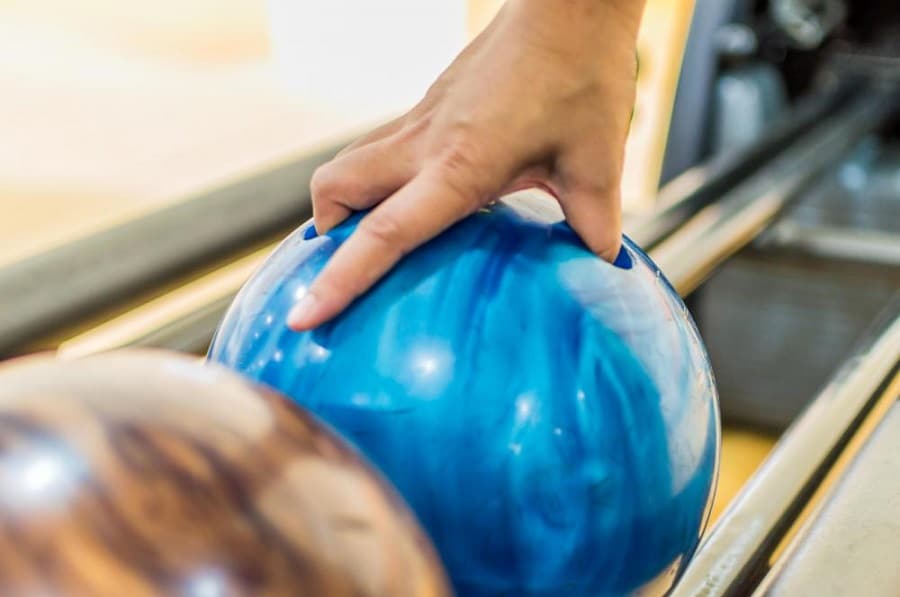
The heaviest bowling ball size allowed for league bowling is 16 pounds. This is the usual weight for the majority of leagues and a decent starting point for beginner players. The heavier the ball, the greater the effort required to throw it and, consequently, the more energy required to strike the pins. If you are new to the sport and your aim is not consistent enough, you should begin with a lighter ball. Experienced bowlers are better off with the heavier balls. They are ideally suited for better accuracy and consistency. The higher your weight is, the more strength it will take to send the ball flying toward the pins.
Is your Bowling Ball too heavy?
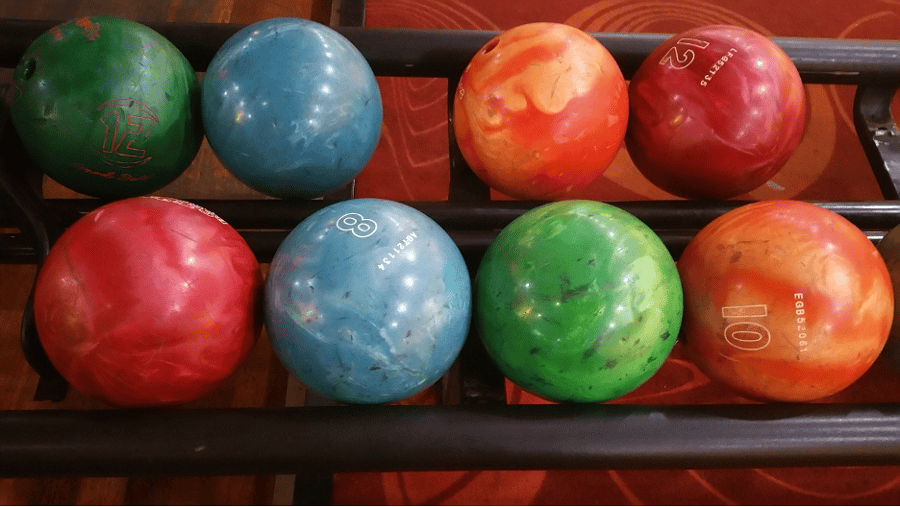
First, you should understand the recommended weight ranges for bowling balls. Bowling balls for adult men should weigh between 12 and 16 pounds. On the other hand, adult female bowlers should use bowling balls weighing between 8 and 12 pounds.
Simple tests can be performed to determine whether or not your bowling ball is overly heavy. Here’s how:
1. Stand upright and hold the ball with both hand in front of you: If the ball is excessively heavy, you should feel your arms trembling or struggling to maintain its position. This indicates the ball is too heavy for you to handle.
2. Try rolling the ball down the lane: If you struggle to get the bowling ball to the pins or if it begins to stray off course, this may be another indication that the ball is too heavy. This is because a heavier ball requires more strength to control.
3. You physical strength: Take your physical strength into account. If you’re not very strong, you should opt for a lighter bowling balls. On the other hand, if you are physically fit, you can start with the light balls then upgrade to heavier ones over time.
Factors to consider when choosing the weight of the Bowling Ball
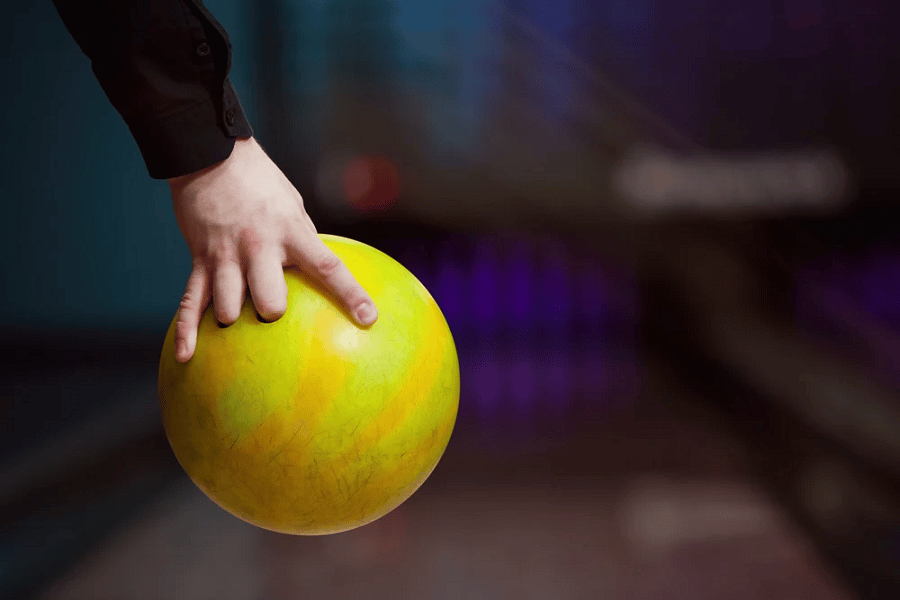
If you've been bowling for a long time, you've likely observed that the bowling ball's weight can significantly affect your performance. But when should you change your bowling ball's weight? Here are a few important considerations.
- Comfort and Control: If you’re having difficulty controlling the ball or your arm is becoming fatigued, it might be time to switch to a heavier ball.
- Playing Style: Different playing styles require different weights. For instance, if you're a powerful player who generates a lot of speed, you may want to utilize a heavier ball. A lighter ball can help you execute precise shots if you're more of a finesse player.
- Fitness Level: The weight of your bowling ball should be relative to your fitness level. As a beginner, you should use a lighter ball (about 10 to 12 pounds) so that you don't strain your muscles.
- Lane Conditions: The ball's weight can also affect how it interacts with the lane. Heavier balls perform better on oilier lanes, whereas lighter balls perform better on dry lanes.
Ultimately, the best way to decide when to switch the weight of your bowling ball is to experiment. Try out different weights and combinations to find the one that works best for you. With adequate practice, you will be able to reach the sweet spot that will allow you to advance to the next level.
Why Is Bowling Ball Size And Weight Important?
When it comes to bowling, ball size and weight are two of the most important factors to consider. Here’s why:
1. These two parameters significantly affect the bowling ball's accuracy, power, and overall score.
2. It determine the amount of power in a single throw: The size of a bowling ball is important because it determines how much energy the ball can generate. A smaller ball will have less energy, leading to a lesser score. Larger balls, on the other hand, can generate more energy, resulting in a higher score. That's why picking a ball size that works for your bowling style and demands is crucial.
3. The balls weight determines its potential for generating spin: A lighter ball will generate less power, and a heavier ball will generate more power. Both the ball's velocity and the precision of the shot depend on this. A heavier ball can be used to generate greater force, which can lead to higher scores, while a lighter ball can go further and help you make more accurate shots.
Bottom Line
Bowling ball sizes and weights are important factors to consider when purchasing a bowling ball. The size and strength of the individual bowler should determine the size and weight of a bowling ball. A heavy ball can be more difficult to control, while a lighter ball can be easier to control. Bowlers should also consider the type of bowling they will be engaging in, as this might determine the size and weight of the ball they require. Regardless of the size and weight of the bowling ball, it is important to make sure the ball is comfortable and fits well in the hand of the bowler.
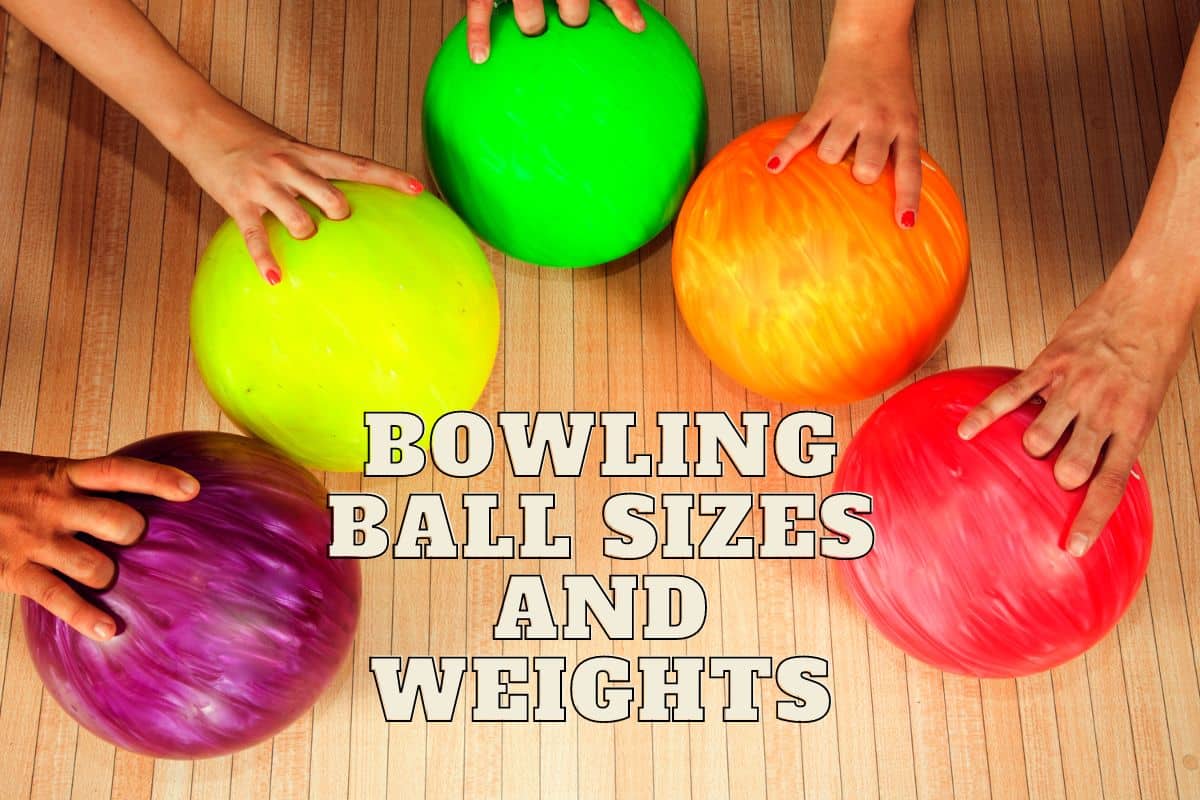
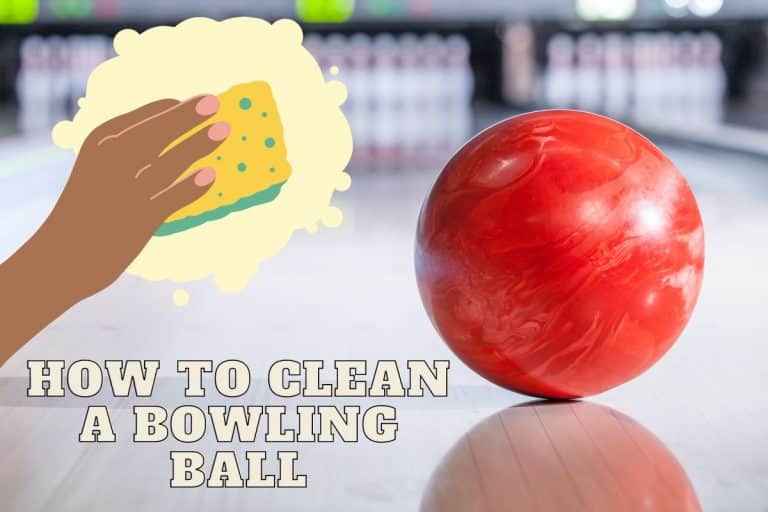
![How To Calculate Bowling Handicap [Complete Guide]](https://www.bowlingknowledge.com/wp-content/uploads/2023/02/Calculating-Bowling-Handicap-768x512.jpg)

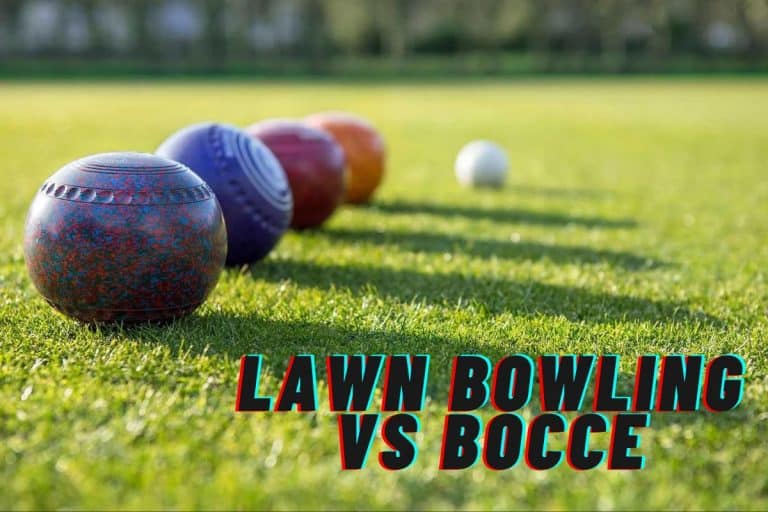
![Can a Bowling Ball Lose Its Hook? [Make It Hook Again]](https://www.bowlingknowledge.com/wp-content/uploads/2023/03/Can-a-Bowling-Ball-Lose-its-Hook-768x512.jpg)
![Can you Bowl while pregnant? [Is It Safe?]](https://www.bowlingknowledge.com/wp-content/uploads/2023/01/Can-you-Bowl-while-pregnant-768x512.jpg)